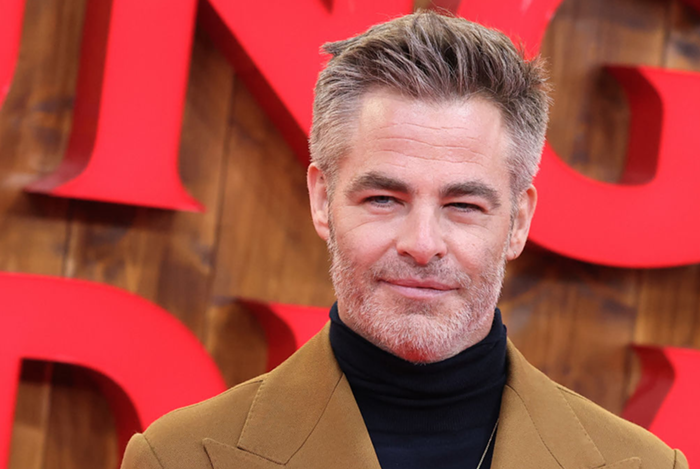In his photographic series Beaver-ton, Shawn Records seemingly did the impossible. He wrenched ghostly beauty out of the kind of eyesores that our minds willfully cross-fade into the background. Given the strength of the Beaverton images, which were deservedly included in last year's Oregon Biennial and the most recent issue of Portland Modern, it's a little unfairly disappointing to take in these 12 prints from his At a Loss series. Without the same visual immediacy as the Beaverton series, they deny the viewer passive reception. Instead, these images require a fair amount of decoding and interpretation to bridge the gap in signification.
Even if these prints are sumptuously colorful, there's a strange flatness to them—both in sheer visual terms and in effect. This may be by design: Records explains that the images are about how we "cling to an idealized view of the natural world while maintaining our distance." So Records captures a seal swimming at the zoo from behind a pane of glass. In another, he presents a middle-aged couple plugging in a plastic Christmas tree to decorate their front yard, instead of stringing lights around an actual tree. The images make sense in relation to Records' statement, but otherwise their meanings are perilously subtle.
Elsewhere, Records' opacity is more clearly calculated. Two pieces imply portraiture through their depth of field, but present the back of his subjects' heads. It's a formal cue for the viewer to anticipate some sort of revelatory examination. Instead, Records serves his viewers a khaki-colored hood, dotted with rain. In an image of a coastal park site, the presumed subjects—two people making their way to the ocean—are literally marginalized, confined to the far right edge of the picture. In this work, Records reveals his vantage point from within a car by conspicuously including a wiper blade and two decals adhered to the windshield. It's a peculiar move, aesthetically, but it reminds the viewer who the real subject of every photograph is: the unseen presence behind the camera, safely maintaining his distance, framing an idealized view of the world through the viewfinder.












